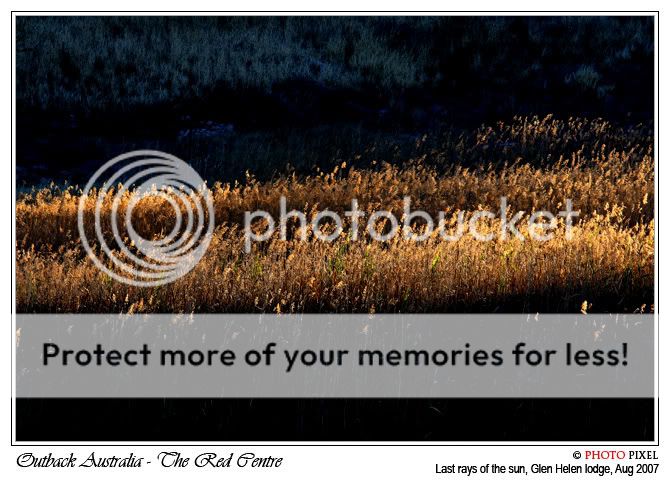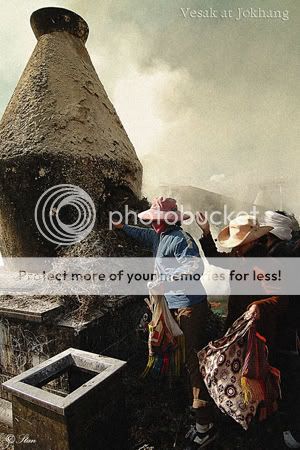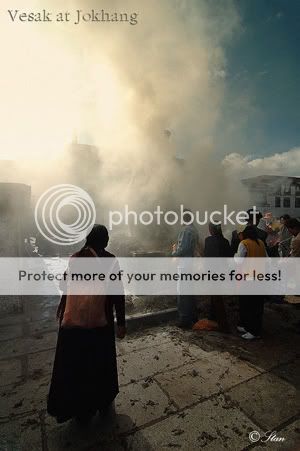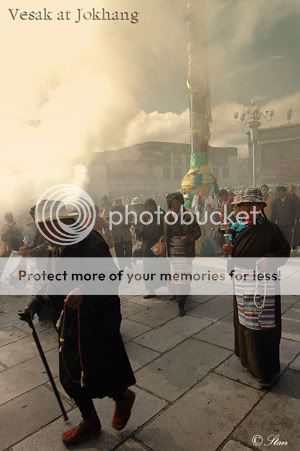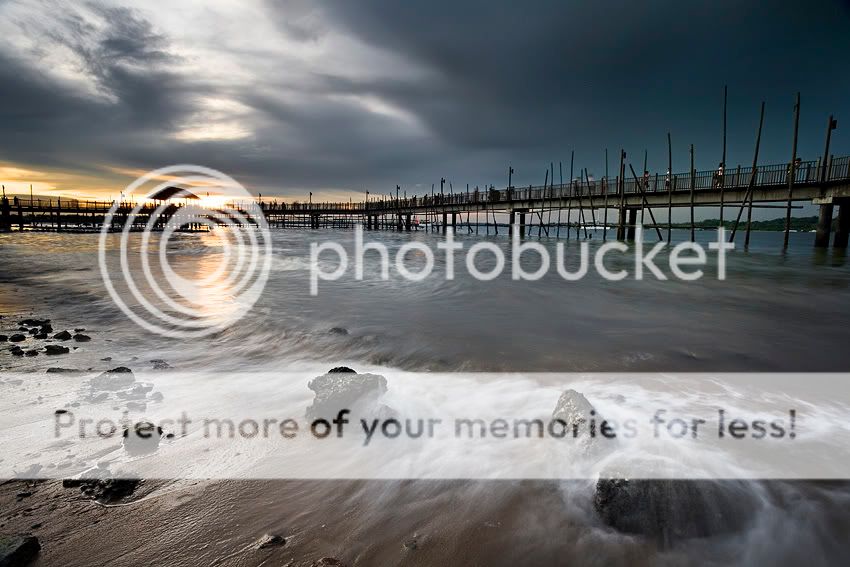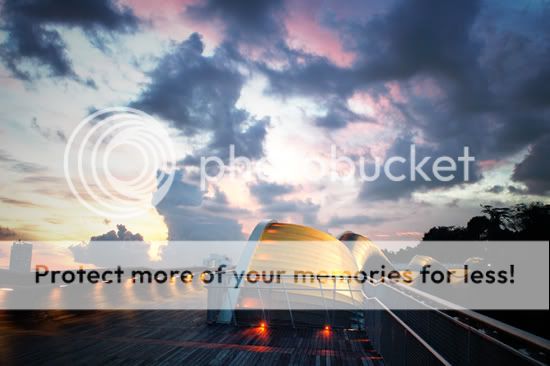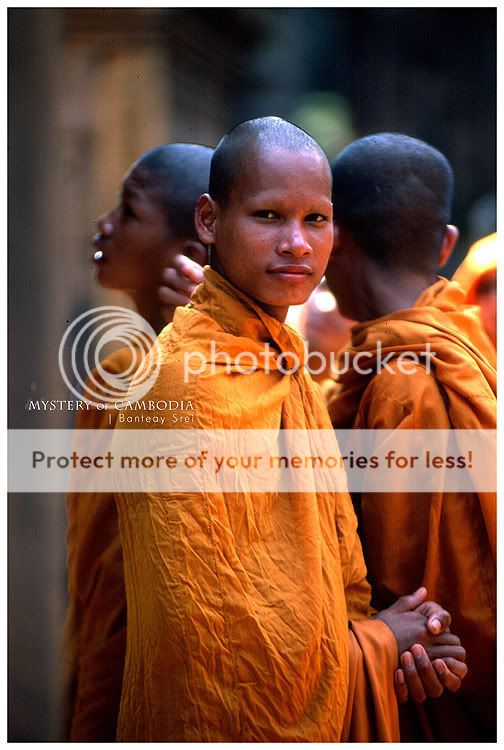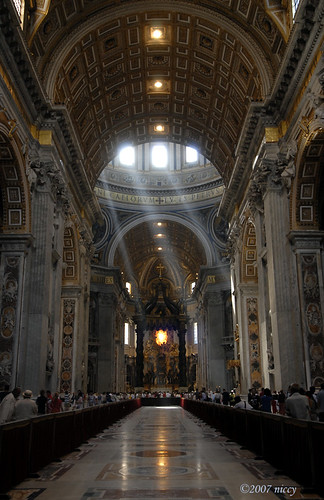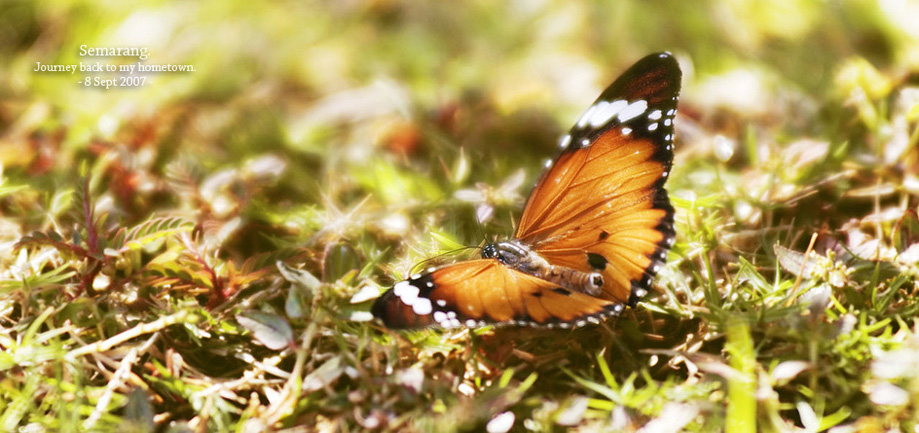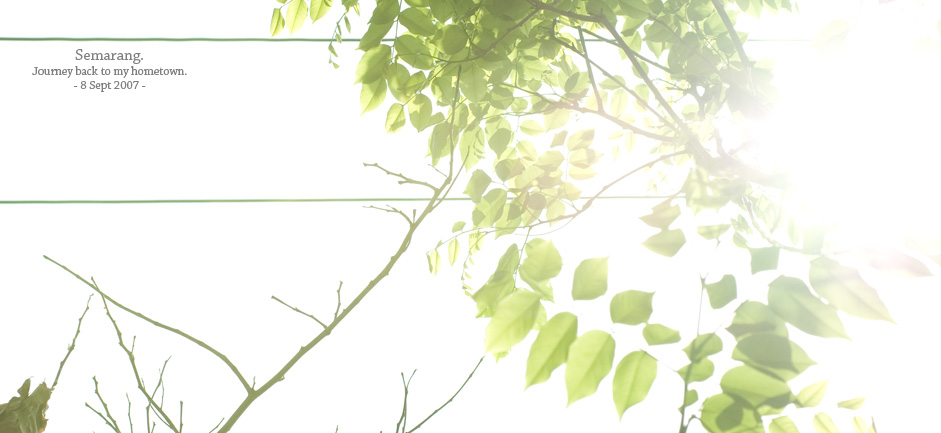zoossh
Senior Member
Pictures with learning points
I dun have any formal training in this, so dun take it as if it is some teaching. it is more like a blog and my personal thoughts, perhaps with some reading and hopefully some contributions and even disagreements. picture works for a reason, although we may not always be able to explain why, but sometimes we do, and sometimes there is even some science with it.
I dun have any system of sorting it out, but i guess i would just post a picture at a time, randomly, until a point of time, there is enough to sort in order.
.
I dun have any formal training in this, so dun take it as if it is some teaching. it is more like a blog and my personal thoughts, perhaps with some reading and hopefully some contributions and even disagreements. picture works for a reason, although we may not always be able to explain why, but sometimes we do, and sometimes there is even some science with it.
I dun have any system of sorting it out, but i guess i would just post a picture at a time, randomly, until a point of time, there is enough to sort in order.
.


